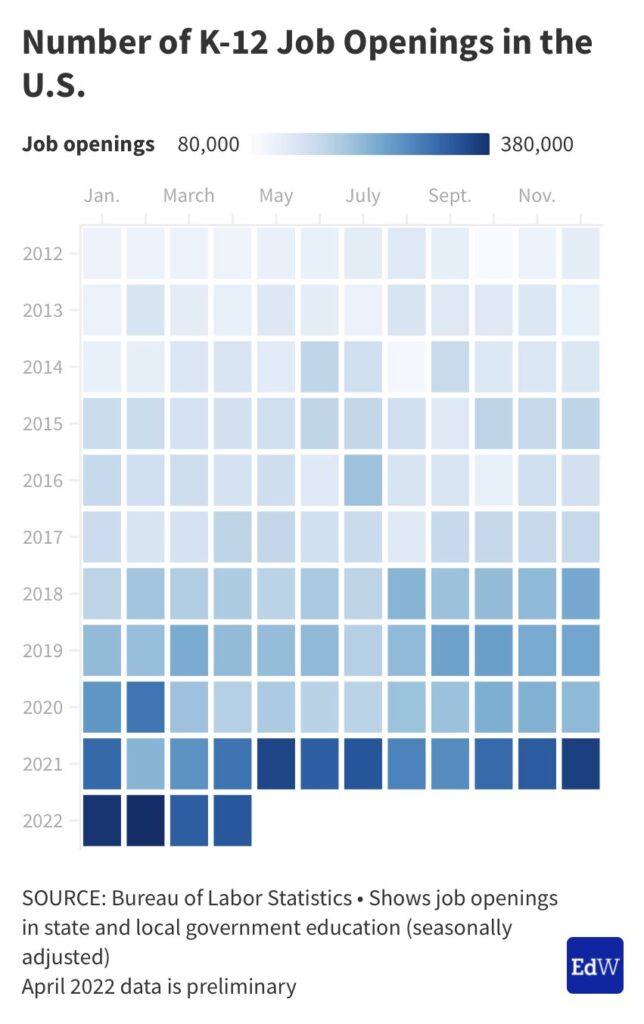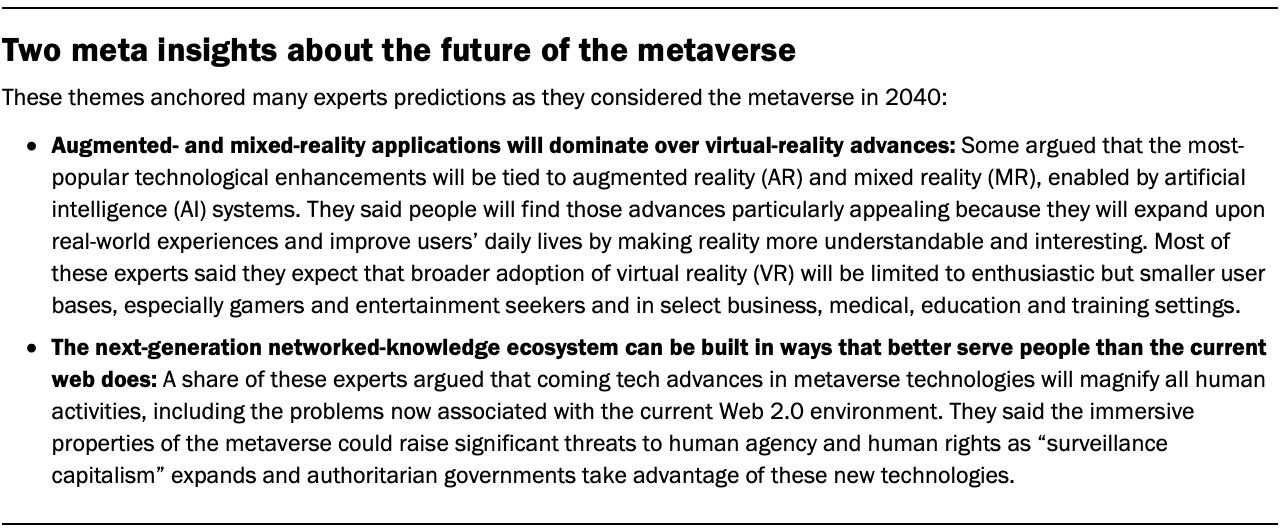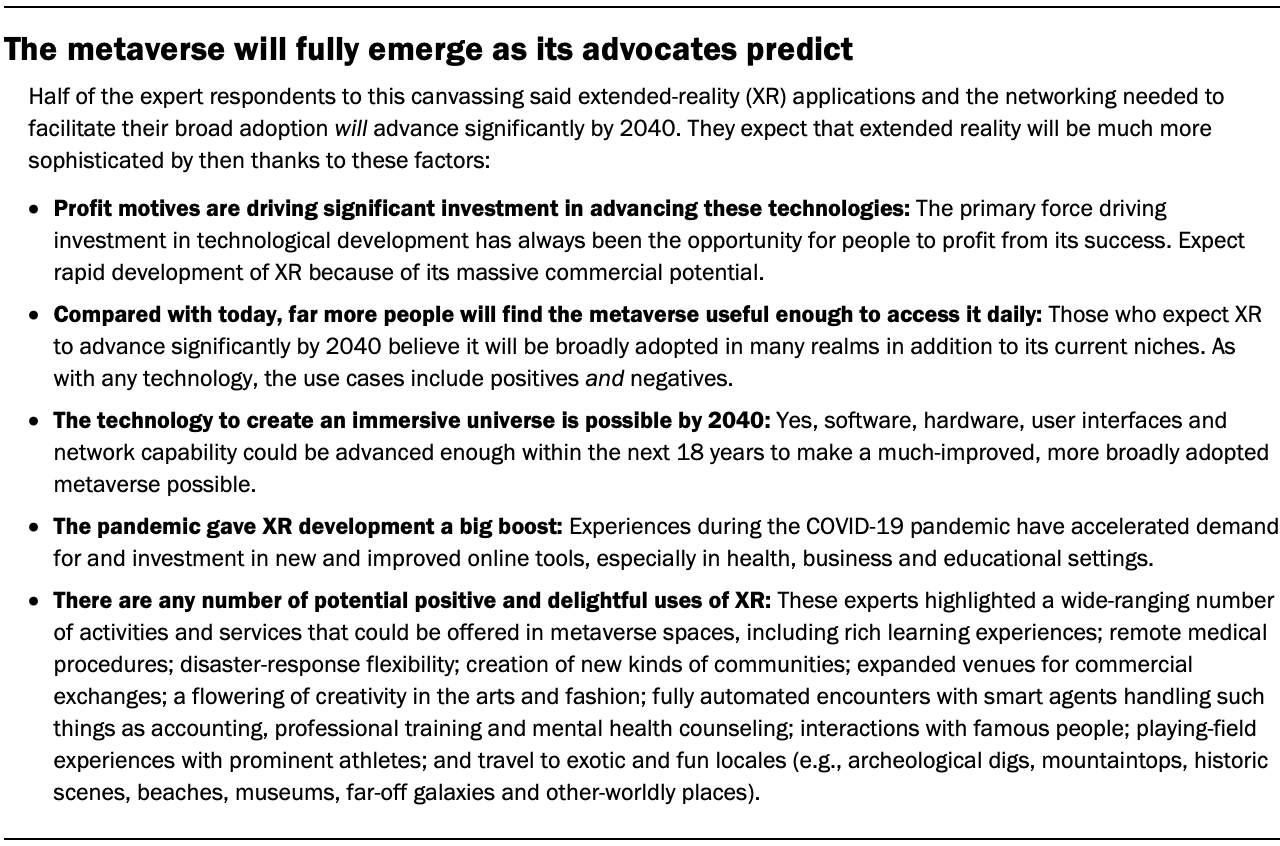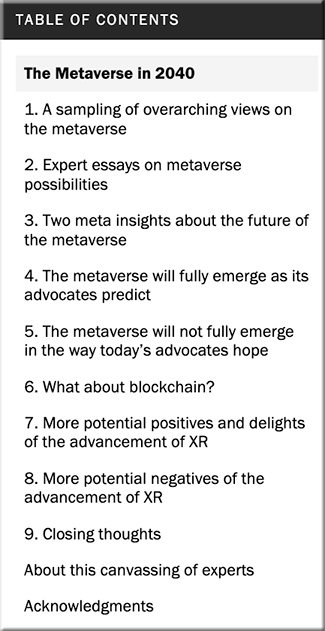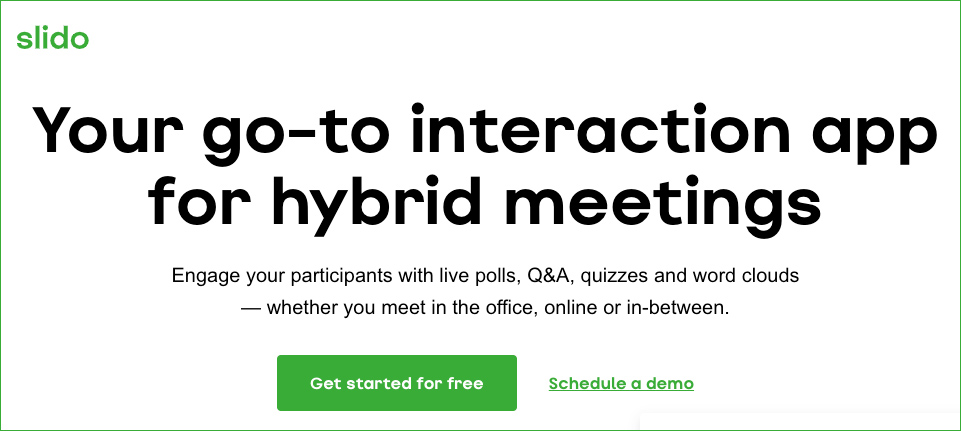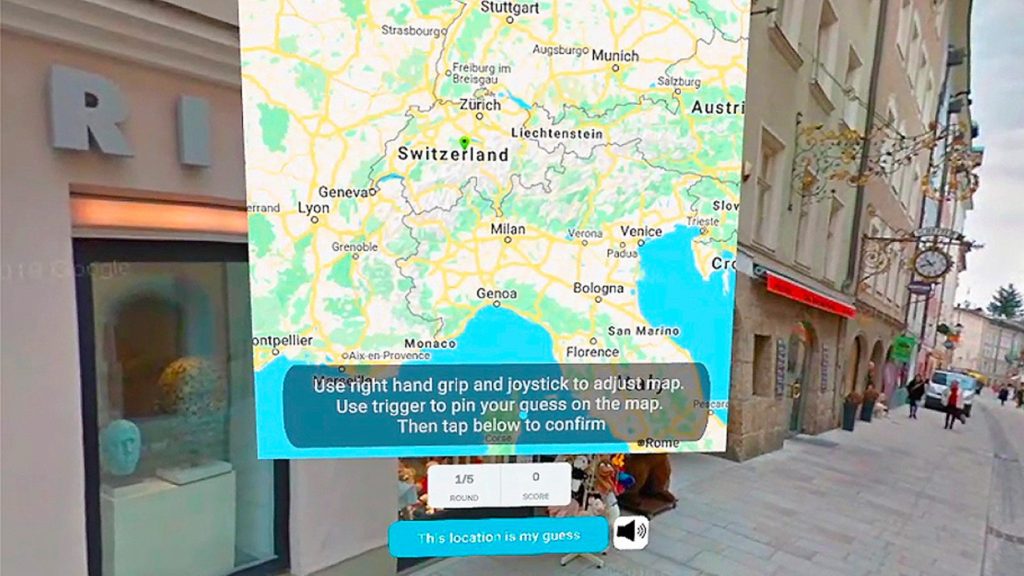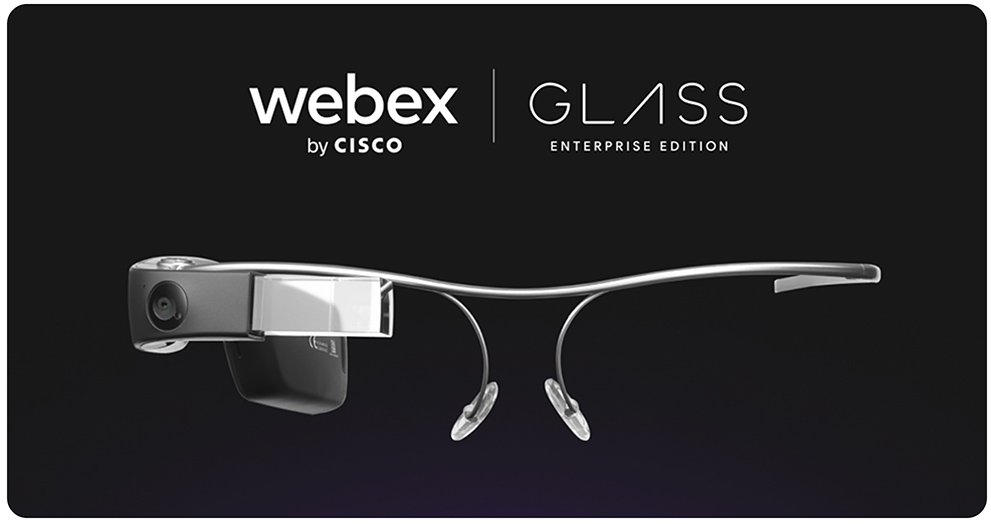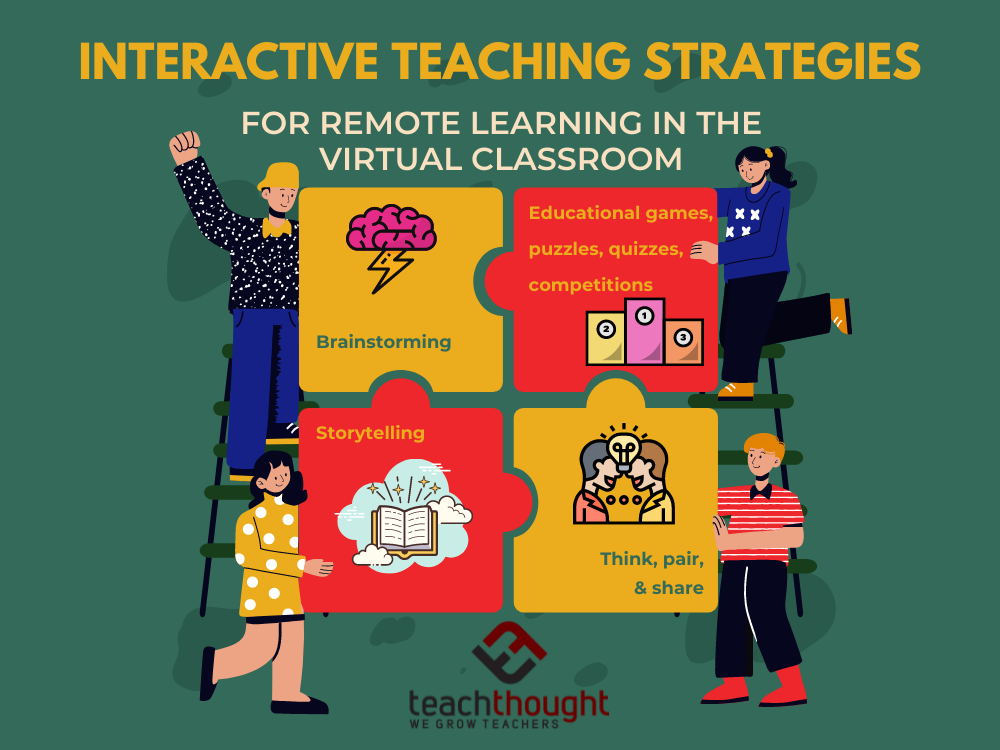Online Learning, From the Margins to the Center — from insidehighered.com by Ray Schroeder
Online learning has evolved over the past 25 years from a niche position on the margins of higher ed to the leading driver of growth in enrollment and innovation.
Excerpt:
Online learning has grown from a marginal niche of higher ed to the largest provider of postsecondary learning in the world. We are now on the cusp of yet another technological evolution in the delivery of online learning. The advent of the metaverse in higher education is closer than many casual observers may think. By 2025, we will begin to see significant numbers of offerings using avatars and immersive technologies such as virtual reality, augmented reality and extended reality engaging learners at a distance.
Do you have developmental immersion laboratories for your faculty and staff to prepare for 2025? Who at your university is advocating for the integration of VR, AR and XR into online delivery? Are you already collaborating with industry and business in developing the most effective and relevant technology-enhanced online programs that will meet their needs? Those who lead in these ventures will set the standards and gain the recruiting advantage in higher education.









